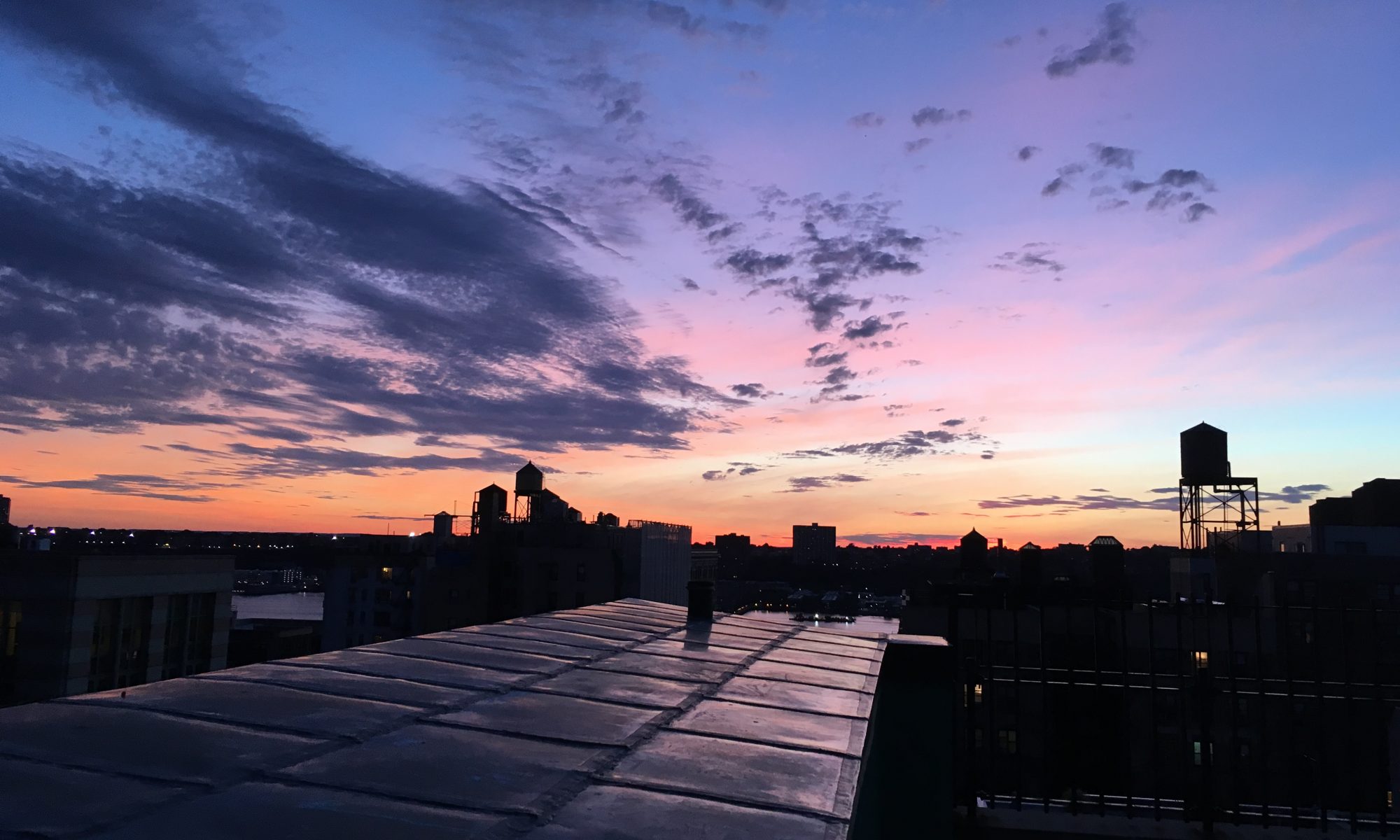| Edification value | |
|---|---|
| Entertainment value | |
| Should you go? | |
| Time spent | 93 minutes |
| Best thing I saw or learned | During World War II, Disney created character-driven U.S. war bonds to encourage the kiddies to contribute to the effort to “make life free and forever peaceful for all men.”
|
UPDATE APRIL 2021: The Museum of American Finance is closed as it seeks new space for its collection. It may reopen, but it won’t look much like it did in the pictures from this review.
 I give the curators of the Museum of American Finance credit for chutzpah, anyway. In this day and age, a museum that lionizes financiers and the financial system seems tantamount to, I don’t know, a museum of baby harp seal clubbers.
I give the curators of the Museum of American Finance credit for chutzpah, anyway. In this day and age, a museum that lionizes financiers and the financial system seems tantamount to, I don’t know, a museum of baby harp seal clubbers.
That said, if you’re going to have a museum (or, as they style it, a MU$EUM) of American finance, there can be no better place for it than Wall Street. And no better place on Wall Street than in the Bank of New York’s former Grand Mezzanine.
The 1927 Bank of New York Building, at Wall and William Streets, is the third on the site. The original Bank of New York in that spot dates to 1796, about a decade after Alexander Hamilton and a coterie of America’s other financial founding fathers started it.


The Museum of American Finance was founded by a banker named John Herzog in the wake of the 1987 stock market crash. Herzog started his “museum project” (touché!) to create an institution to explain how the financial system worked. He reckoned that although Wall Street is synonymous with finance, most folks don’t really know what goes on there outside of movies. Continue reading “Museum of American Finance”

















 Before I started this project, I never realized how many of New York’s city-run and community colleges have a space for art somewhere on their campuses. Borough of Manhattan Community College (BMCC) adds another to that list. BMCC has had its campus in Lower Manhattan since 1983. Fiterman Hall, the college’s flagship building, was severely damaged on September 11, and needed to be entirely rebuilt.
Before I started this project, I never realized how many of New York’s city-run and community colleges have a space for art somewhere on their campuses. Borough of Manhattan Community College (BMCC) adds another to that list. BMCC has had its campus in Lower Manhattan since 1983. Fiterman Hall, the college’s flagship building, was severely damaged on September 11, and needed to be entirely rebuilt.